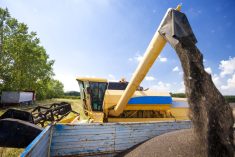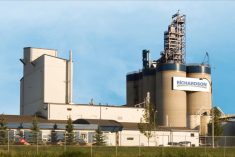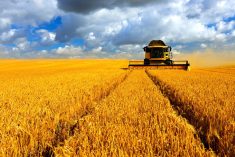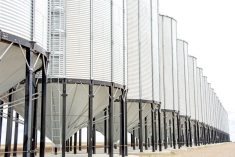Canadian farmers’ total equity growth slowed for the first time in five years in 2024 as liabilities grew faster than assets, Statistics Canada reported on Thursday.
The value of the sector totalled $832.5 billion as of Dec. 21, 2024, up by $38.9 billion or 4.9 per cent from the same date the previous year. That compares with 8.5 per cent growth in 2023.
Farm equity rose in every province but gains in Saskatchewan and Alberta accounted for more than two-thirds of the national increase.
Read Also

Federal budget shows remaining disconnect between agriculture, policymakers, panelists say
Canada’s agriculture sector is still disconnected from policymakers in some ways, say panelists at a CAPI webinar
Lower crop values weigh on current assets
Farmers’ total assets grew by 6.3 per cent in 2024 to reach $991.5 billion with most of the growth due to the rise in farm real estate value. Farmland value rose 7.0 per cent to $713.3 billion in 2024.
The value of current assets (short-term assets like cash and crop or livestock inventory) fell by 0.8 per cent to $57.9 billion, mostly due to lower values for crop inventory. The value of crop inventories was down by 17.9 per cent to $21.9 billion as crop prices fell by 14.6 per cent, StatCan said.
Poultry and market livestock inventory value grew by 26.6 per cent to $16.5 billion on sharply higher prices. However, inventory fell by 4.9 per cent.
Farmers’ ability to pay interest declines
Canadian farmers’ total liabilities grew 14.4 per cent to reach $159.0 billion at the end of 2024. This was the largest percentage increase in total liabilities since tracking began in 1981 said StatCan. Most of the rise was due to long-term liabilities. Rising liabilities in Alberta, Ontario and Quebec accounted for more than two-thirds of the national increase.
At the same time, farmers’ ability to meet interest payments fell for the second consecutive year. The interest coverage ratio settled at 2.12 at year’s end. This was the lowest ratio since 2007.
A lower ratio indicates that farms are less able to service debt obligations.
The interest coverage ratio continued to deteriorate because of the decrease in farm income, said StatCan. That decrease was due to a decrease in crop inventories and higher interest expenses, it said.















